Announcing the 2022 Documentation and Storytelling Fund Awards
September 29, 2022 • 18 minute read
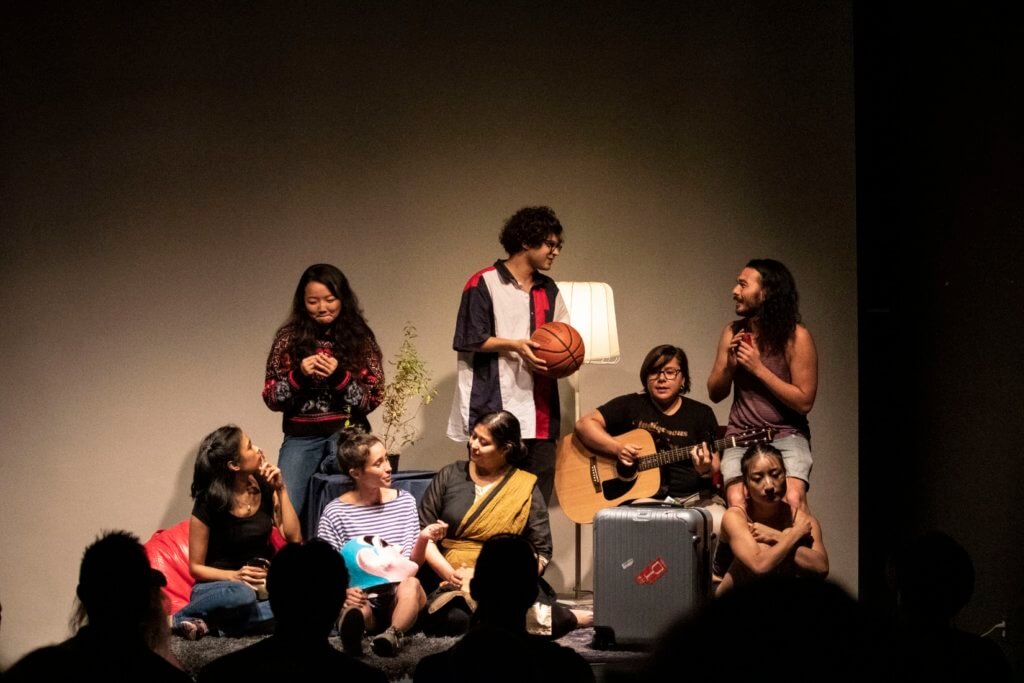
The National Performance Network (NPN) is awarding $93,000 and leveraging an additional $384,000 to 31 Documentation & Storytelling projects. NPN’s Documentation & Storytelling Fund aims to create pathways for artists’ career advancement and to support their ability to document, promote, and share their work, ideas, and selves.
The award “provides an opportunity for artistic sustainability that is unique,” writes artist Rosanna Gamson, “as most support prioritizes future projects rather than the continuing present in which storytelling resides.” The 2022 projects will develop in Puerto Rico; Honolulu, Hawai’i; the Mississippi Delta; Homer, Alaska, and beyond, including five projects taking place in NPN’s home community of Bulbancha/New Orleans.
The 2022 Documentation and Storytelling awardees will create a mini-documentary of a work that explores how Atlanta’s Black women experience empowerment and disempowerment in the city’s organizations, communities, and regional systems/structures; document and tell stories through Kanaka Maoli clothing patterns, engaging radical Indigenous contemporaneity through fashion; create an awareness campaign to find land for a cultural heritage oasis in the Mississippi Delta; and tell the story of a mutual aid group called ASS birthed out of the COVID-19 crisis. One artist will build a new website to represent a dramatic shift in their practice from stage-based work to participatory, score-based work developed with and for the public, which incorporates disability artistry from its inception to create access-rich experiences. Another will document a gathering in creative dialogue of leadership from across the Lenape diaspora, producing materials they can choose to release within diasporic Nations, to the public, or not at all.
This year NPN extended Documentation and Storytelling support to Southern Artists For Social Change grantees: artists and culture bearers of color in urban, rural, and tribal communities of Alabama, Louisiana, and Mississippi. This expansion aims to build pathways to new opportunities for artists and cultural bearers living, working, and engaging in social change in culturally rich regions that have been historically underinvested in. Likewise, support encourages archiving of this important work.
NPN’s Documentation & Storytelling Fund provides up to $3,000 of support for artists who received an NPN Artist Engagement Fund or Creation & Development Fund or Southern Artists for Social Change Award within the last three years.
The NPN Documentation & Storytelling Fund is made possible by generous support from the Doris Duke Foundation and the Surdna Foundation.
2022 Documentation and Storytelling Fund Awards
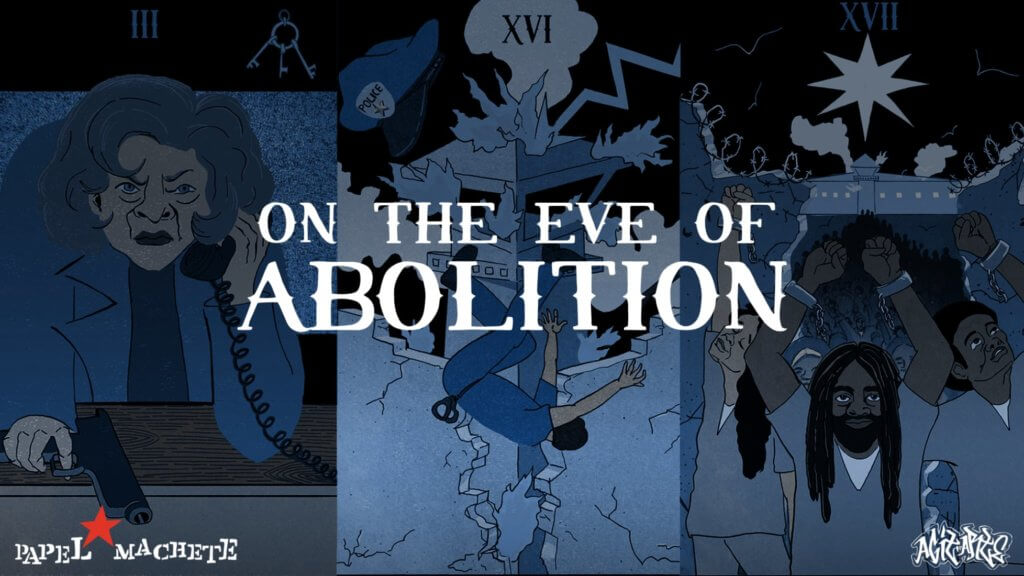
AgitArte / Papel Machete (San Juan, Puerto Rico)
On the Eve of Abolition New Orleans Storytelling
On the Eve of Abolition is an original bilingual (Spanish-English), multimedia, mask and puppet theater performance about the last day of the last prison in transnational liberated territories formerly known as the US and Mexico. As part of this project, AgitArte and Papel Machete will create site-specific video modules. The video work taking place in New Orleans will provide the space to collaborate and build with local artists, performers, and prison abolitionists through community partners Southerners on New Ground (SONG) and Gallery of the Streets.
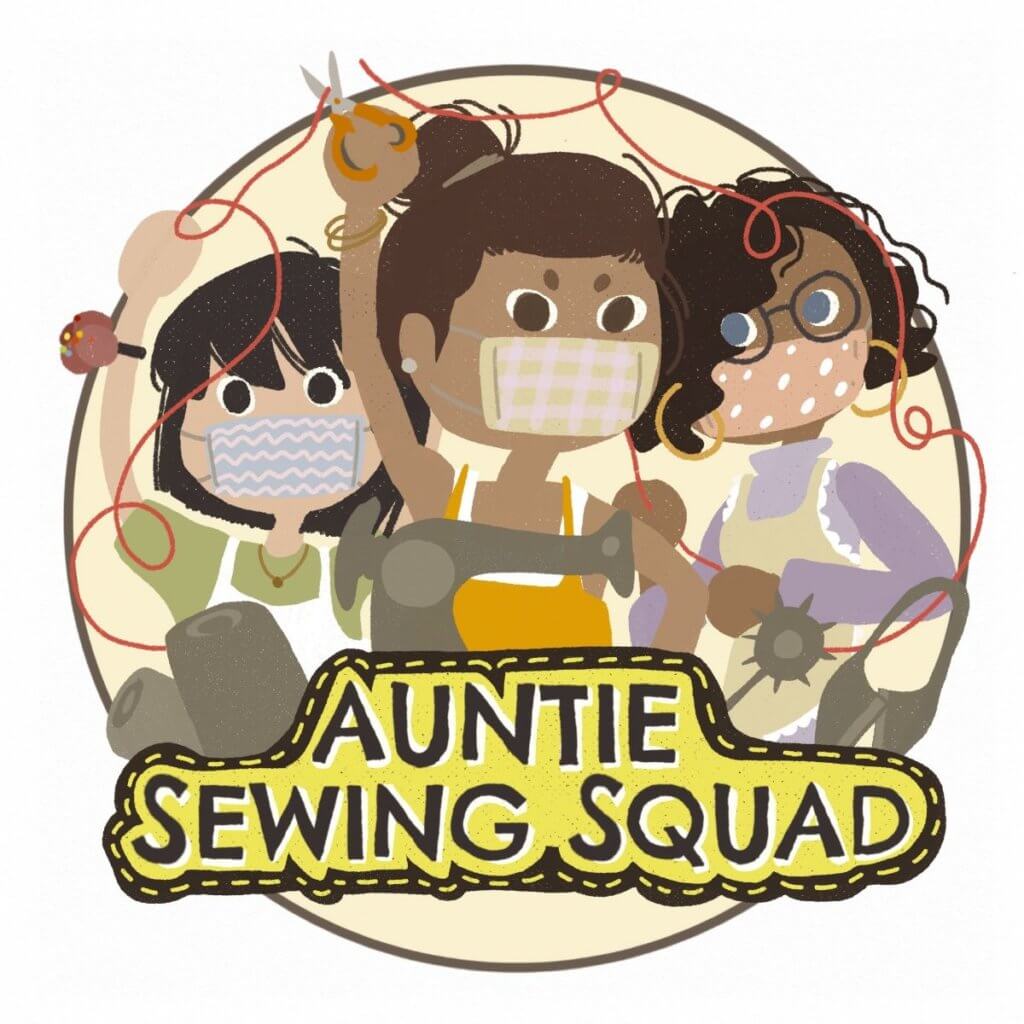
Auntie Sewing Squad (Los Angeles, CA and national)
We Go Down Sewing: The Authorized Documentary of the Auntie Sewing Squad
This short documentary will show how performance artist Kristina Wong became the accidental Overlord of the Auntie Sewing Squad (ASS) when there became a critical need for homemade PPE at the top of the Covid-19 pandemic. ASS worked for 17 months, grew to a national mutual aid network of over 800 volunteer Aunties across 33 states, became a community of radical care, and created a published book and an off-Broadway show named as a finalist for the Pulitzer Prize. ASS demonstrated how artists can organize a new community of radical care and what FEMA might look like if it was run by a comedian.
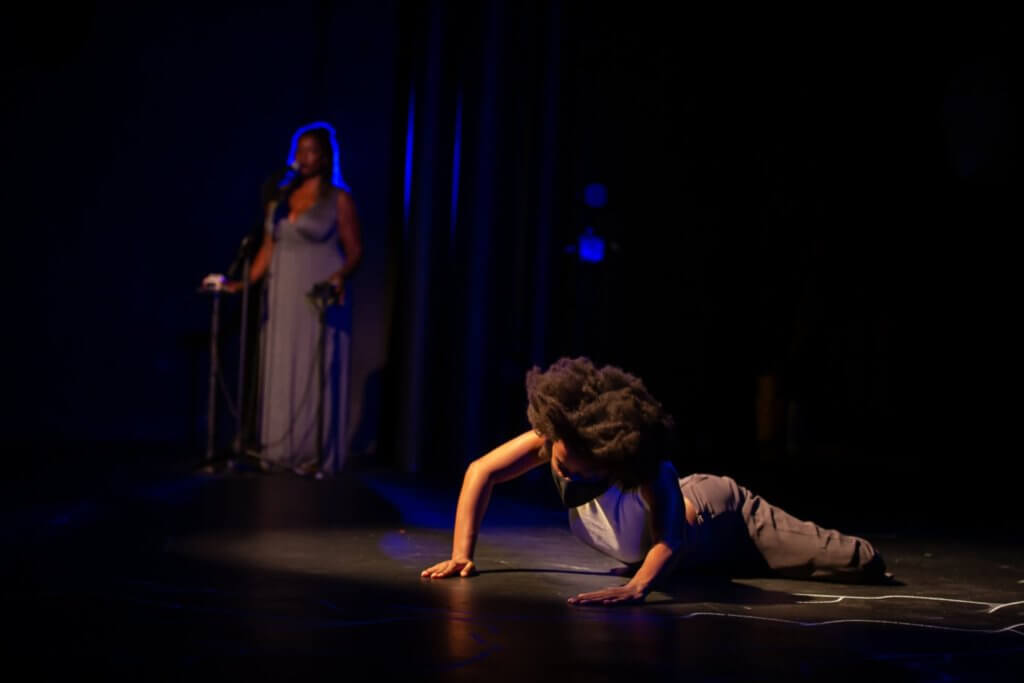
Renee Benson and Vagabond Inventions (New Orleans)
Documenting Requiem for a Stranger and “Gorgeous Offerings”
Requiem for a Stranger is a work of music, movement-theater, and community healing events called “Gorgeous Offerings” created by physical theater company Vagabond Inventions and composer Renee Benson. This ensemble-devised project explores the heartspace of grief—an emotion continually avoided in mainstream American culture has continually denied and avoided, meeting in particular this moment of the Covid-19 crisis and the heightened burden of grief in BIPOC communities. The artists will document the show and community outreach events during the premiere at the Contemporary Arts Center, New Orleans, including the installation “Crying Room” by guest artist Mariah Rankin that offers BIPOC audience members safety in expressing complex emotions that are otherwise policed or hospitalized in society. They will also enlist a publicist to support dialogue with local and national outlets so the project can reach more communities.
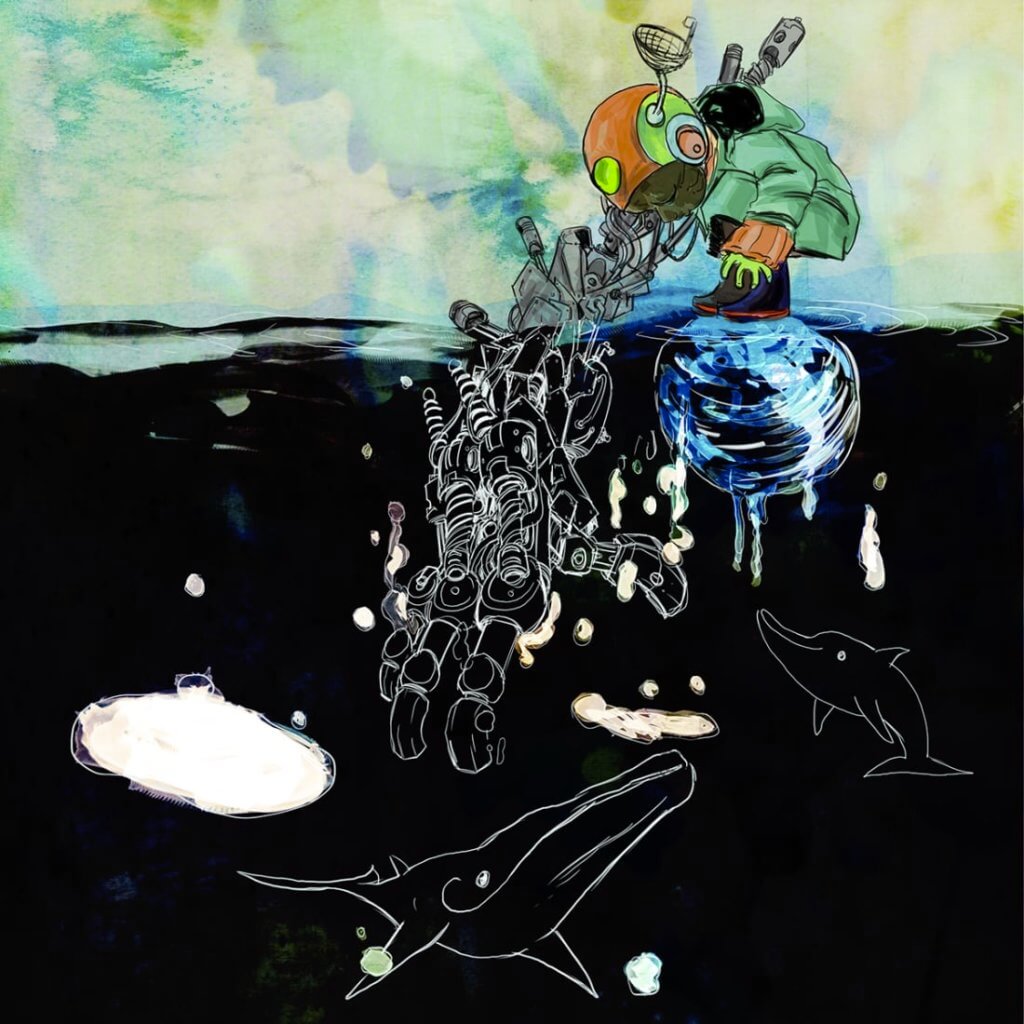
The Amazing David Brame (Homer, AK)
Dusty Funk: Black Tundra
Dusty Funk: Black Tundra is a speculative fiction afro-surrealist graphic novel space opera set in the year 3030 in the aftermath of a comet colliding with an interstellar prison spaceship and crash landing in Alaska. An unconventional retelling of W.E.B. Du Bois’ 1920 short story “The Comet” from his essay collection Darkwater, which intimately discusses the concept of “color lines,” situates Dusty as the last Blacqueer person alive. He battles with symptoms of CPTSD from conversion therapies and torture, as he learns to survive in an unforgiving landscape.
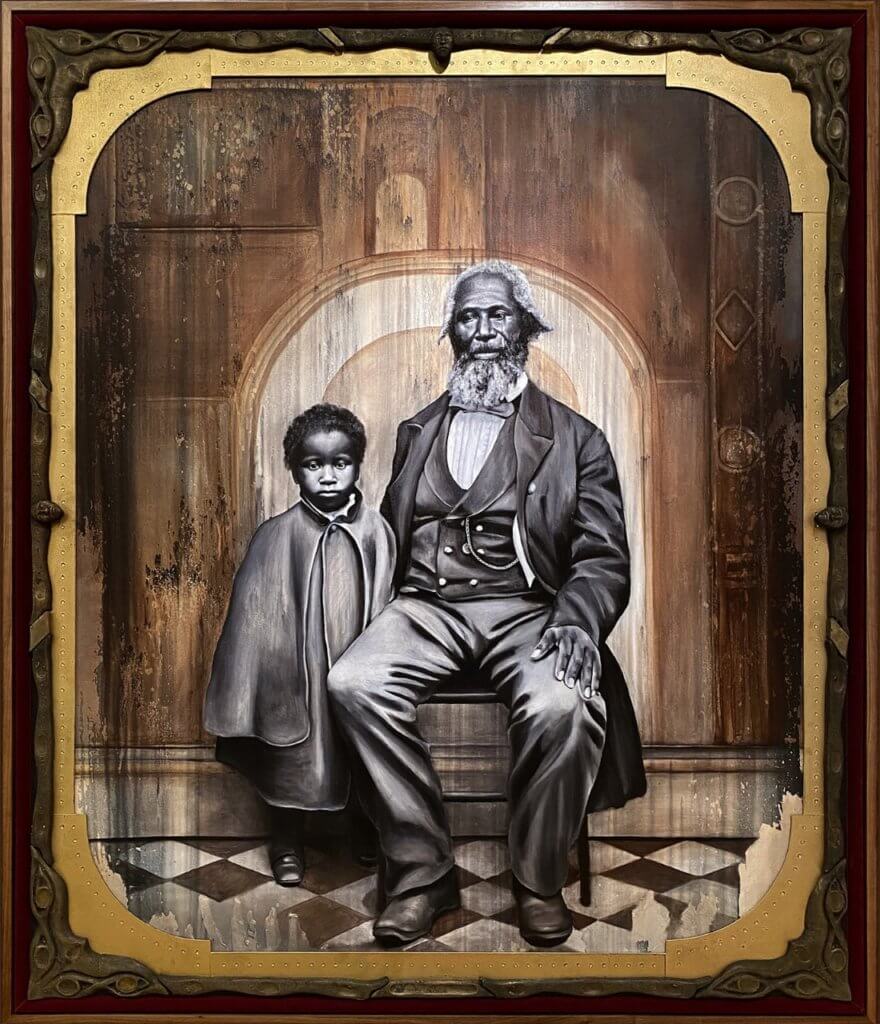
Nikesha Breeze (Taos, NM)
Four Sites of Return: Ritual Remembrance, Reparation, Reclamation
Four Sites of Return: Ritual Remembrance Reparation Reclamation is an expansive documentation project that will present the interdisciplinary fine artwork of Nikesha Breeze and their continued research in African American historical reclamation, storytelling, ritual reclamation, and art practice. The documentation will take the form of a full color artists book and digital archive. The artwork and accompanying writing examine the creation of ritual spaces as an act of reclamation for Black, Indigenous, Queer, and Earth bodies. Four Sites of Return are shown through large-scale oil paintings, charcoal drawings, sculptures, site specific installations, and conceptual performance interventions.
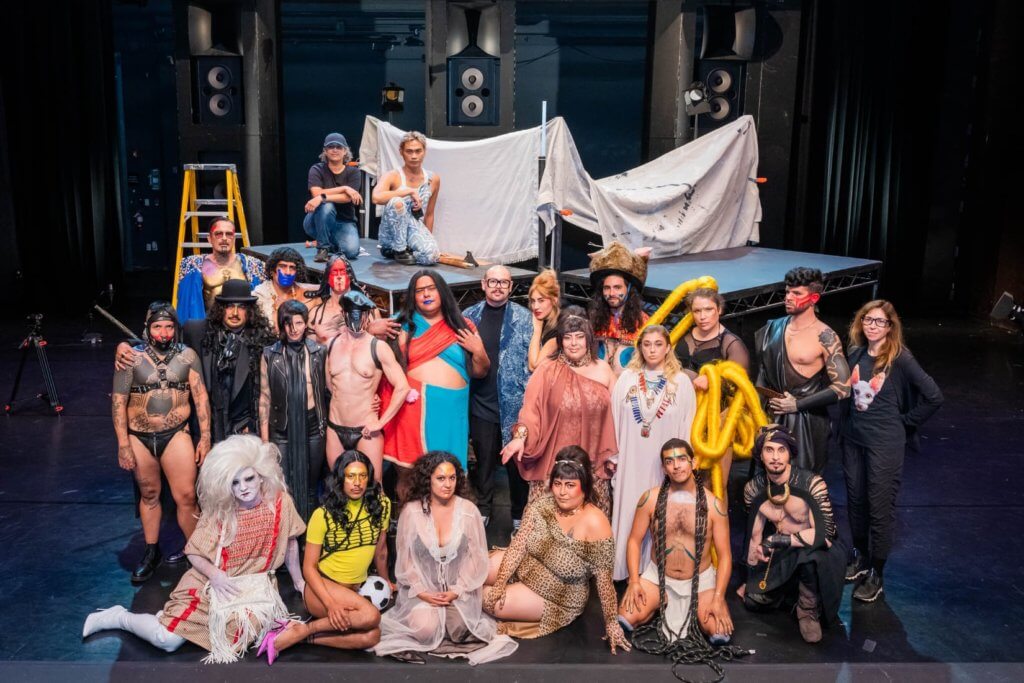
Nao Bustamante (Los Angeles, CA)
The Wooden People
The Wooden People layers ancient myths on the familiar melodrama of the telenovela, while grappling with ideas of queer existence, love, and a connection to the cosmos. It expands on a central theme of a pre-Columbian origin story, which tells of pre-humans—people made of wood—who were eventually destroyed. The Wooden People layers ancient myths on the familiar melodrama of the telenovela, while grappling with ideas of queer existence, love, and a connection to the cosmos. Bustamante will create a promotional package for touring and work with a technologist to propose multiple platforms for online presentation, allowing viewers to experience the work in VR/360° at home or at a real-life physical location. The artist’s intention in using VR technology is to impart a more intimate connection to the story, encompassing the electric feelings that come with live work.
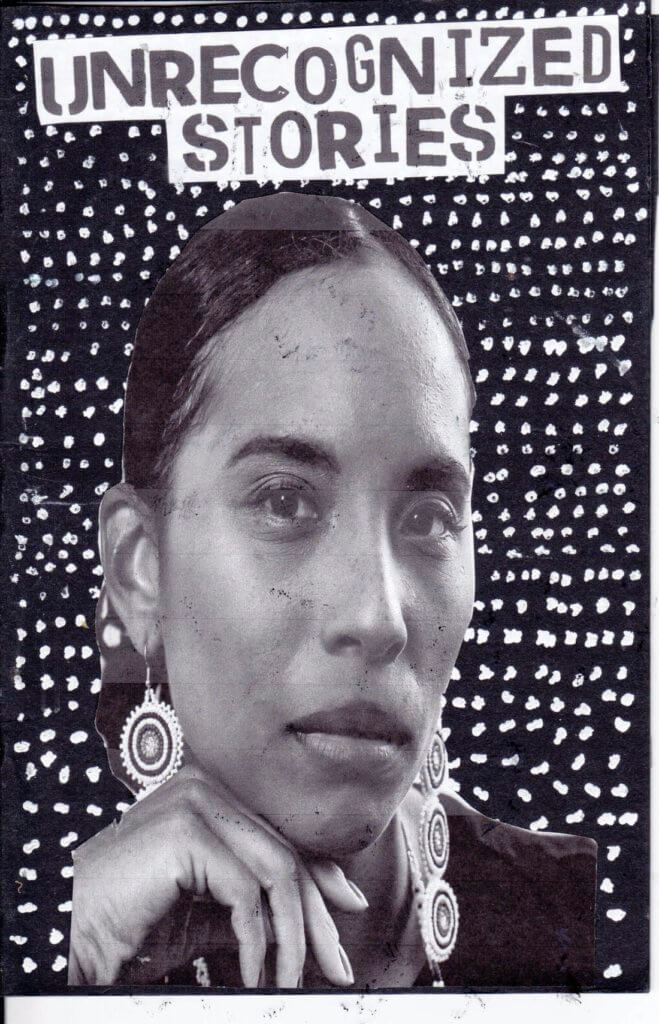
Bvlbancha Public Access (Bulbancha / Southeast Louisiana)
Unrecognized Stories Publicity Project Uplifting Indigenous Businesses
Indigenous peoples are reduced and minimized through invisibility and division. Unrecognized Stories challenges this invisibility by celebrating stories from non-federally recognized tribes in Louisiana.
Building on previous work that created solidarity and visibility by developing a digital foothold of unity and collaboration between Indigenous narratives, this project will leverage a strong digital presence and inter-tribal relations into a physical publicity presence in New Orleans. The artists will print eight physical banners advertisements, commission space in eight Indigenous businesses to hang the posters and sell their zines, and create digital and print handout maps so December holiday shoppers can find both their work and that of other Unrecognized Indigenous businesses—challenging patrons to negotiate a relationship with the Indigenous Gulf South.
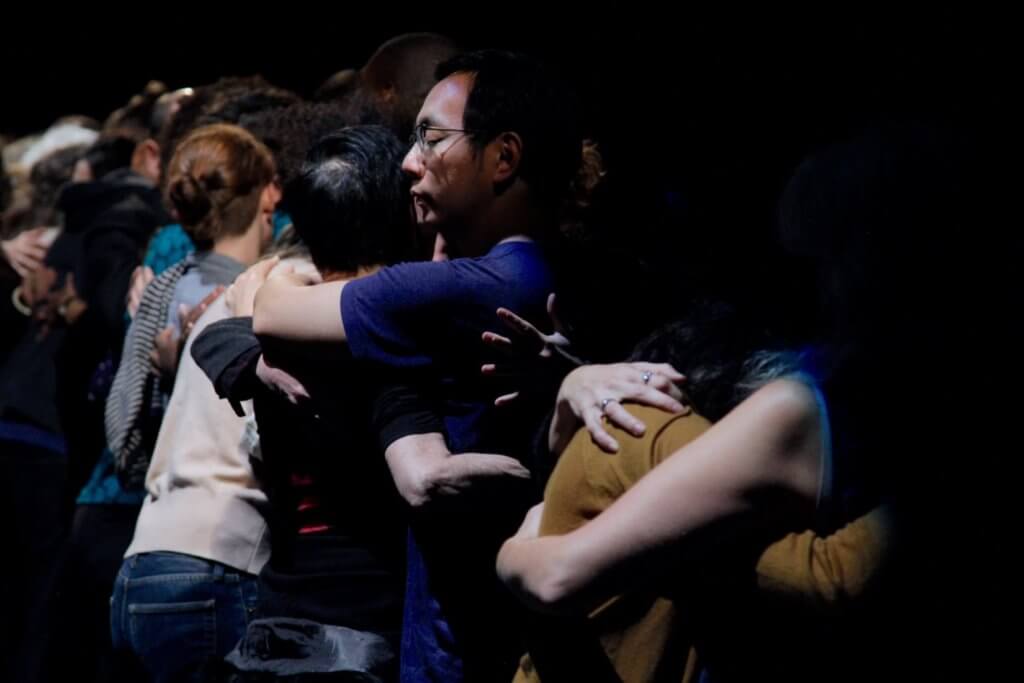
Yanira Castro / a canary torsi (Brooklyn, NY)
A New Site: Reimagining a canary torsi
a canary torsi is developing a new website to align with the transformation in interdisciplinary artist Yanira Castro’s performance practice. Castro’s work has dramatically shifted in the last five years, working with and alongside the public through participatory and communal performance scores that build accessibility practices into the projects from inception. The Documentation & Storytelling grant will go to building a new, access-rich site that shares clearly and simply how Castro is developing work now, speaking to her focus on performance as a rehearsal for civics and positioning the work towards its future and new audiences.
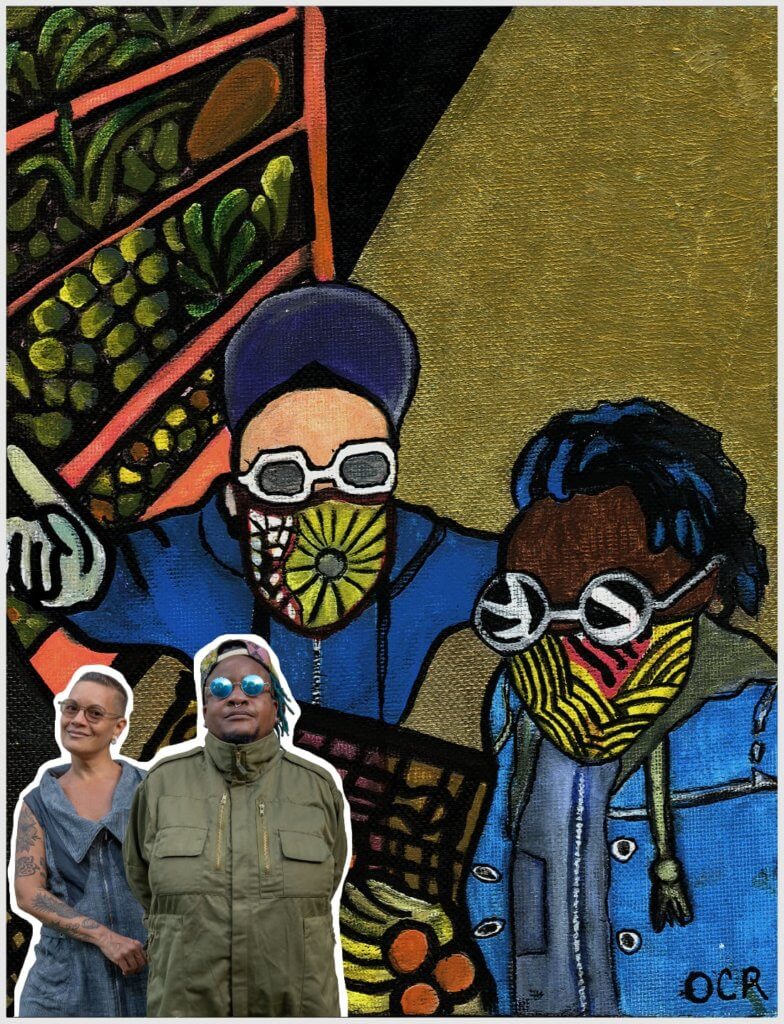
DJ Leydis and Krudas Cubensi (Oakland, CA)
La Voz and Black Healing Portal
La Voz and Black Healing Portal will be a transformational and evolving online conversation between DJ Leydis and Krudas Cubensi sharing poems, stories, experiences, processes, motivations, inspirations, testimonies, projections, and the results of artists like themselves: Black and Latino feminists who have migrated and continue to make art for their community. The project will intertwine storytelling, music, videos, and poetry focused on Black people, trans and queer people, migrants, and women. It will take the form of a public, accessible online performance event as well as audiovisual material to be shared on their platforms. It will be a conduit to the dimension of lives in the margins where joy, healing, rhythm, culture, art, and community transform reality to imagine and create a liberating future.
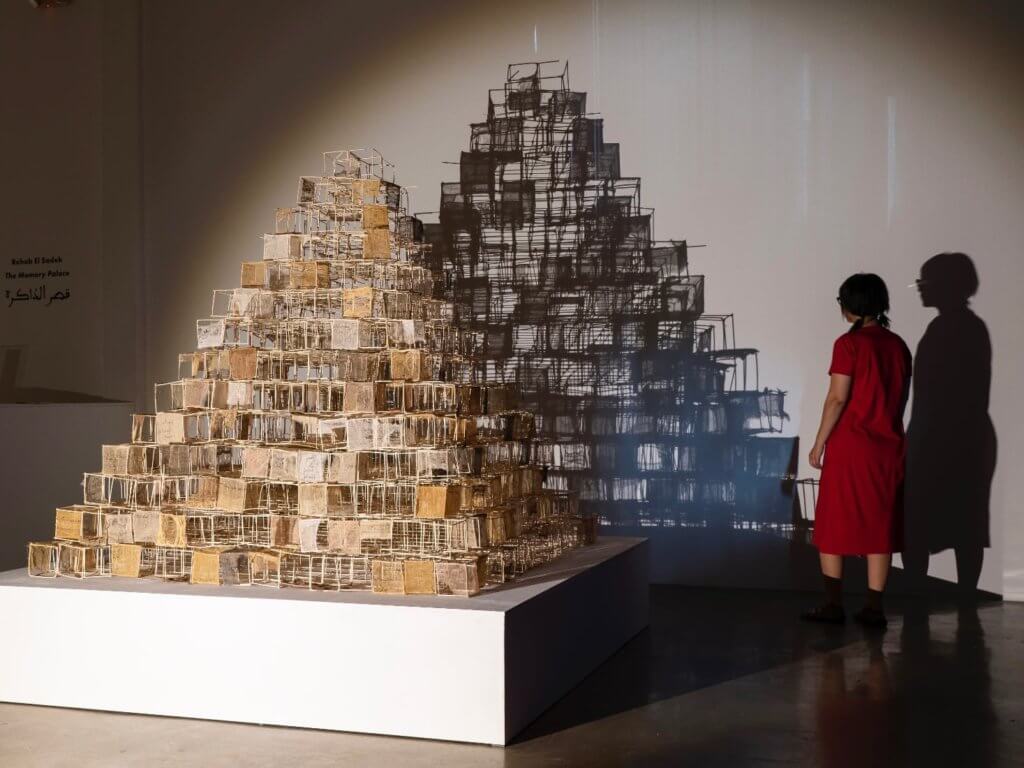
Rehab El Sadek (Austin, TX)
An Immigrant Trilogy
An Immigrant Trilogy is a monograph documenting three interrelated gallery exhibitions by Egyptian American conceptual artist Rehab El Sadek. The bilingual (English and Arabic) book includes deeply personal writing by El Sadek tracing her journey from Alexandria, Egypt to Austin, Texas. It includes photo documentation and descriptions of The Memory Palace (2019), in which El Sadek converted her most painful memories to sculptural form and shadow; Transient (2019–20), which explored issues related to immigration and belonging; and Pattern Language (2021) in which El Sadek, having regained her confidence, challenged the hierarchy of social spaces and institutions.
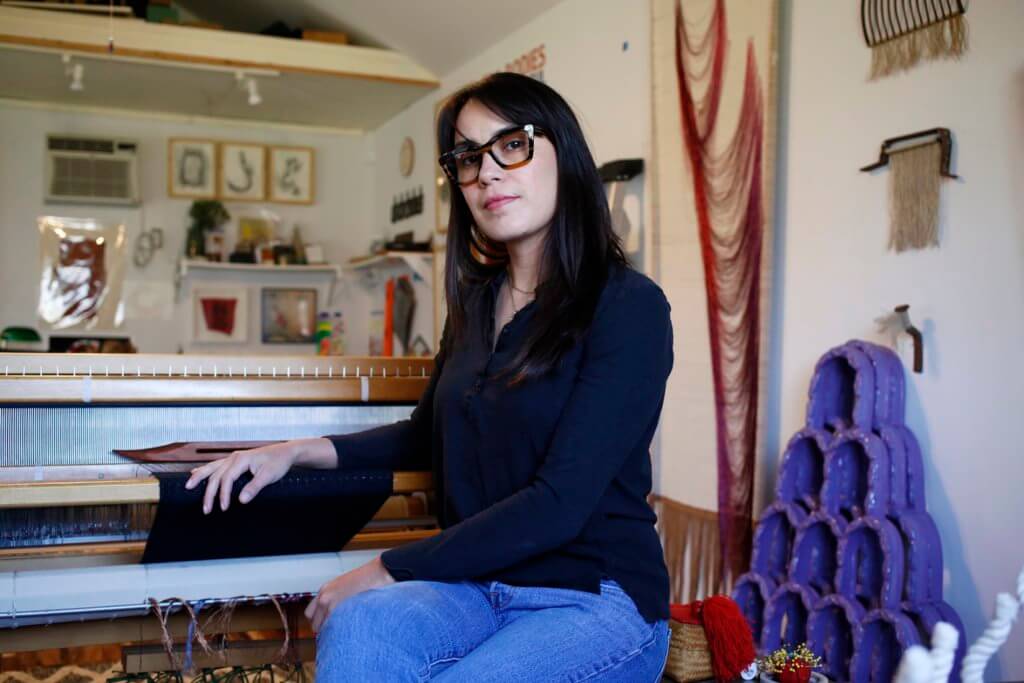
Jenelle Esparza (San Antonio, TX)
Limbo
“Because my art-making process involves a diverse set of practices and studies,” writes Esparza, “I want to produce a visual poem that informs on the research side of my practice.” The artist’s research-based work derives from site visits, research trips, book passages, and photos that all drive a project or a concept forward. She has received feedback over the years that audiences have benefitted from learning of and viewing her research materials, including photographic studies of sites specific to her home region of South Texas, handwritten notes and passages, and cited historical text and publications. The Limbo project will result in a small, curated booklet that puts her work in its proper context, allowing for a deeper understanding of her practice and its relevance to American History.
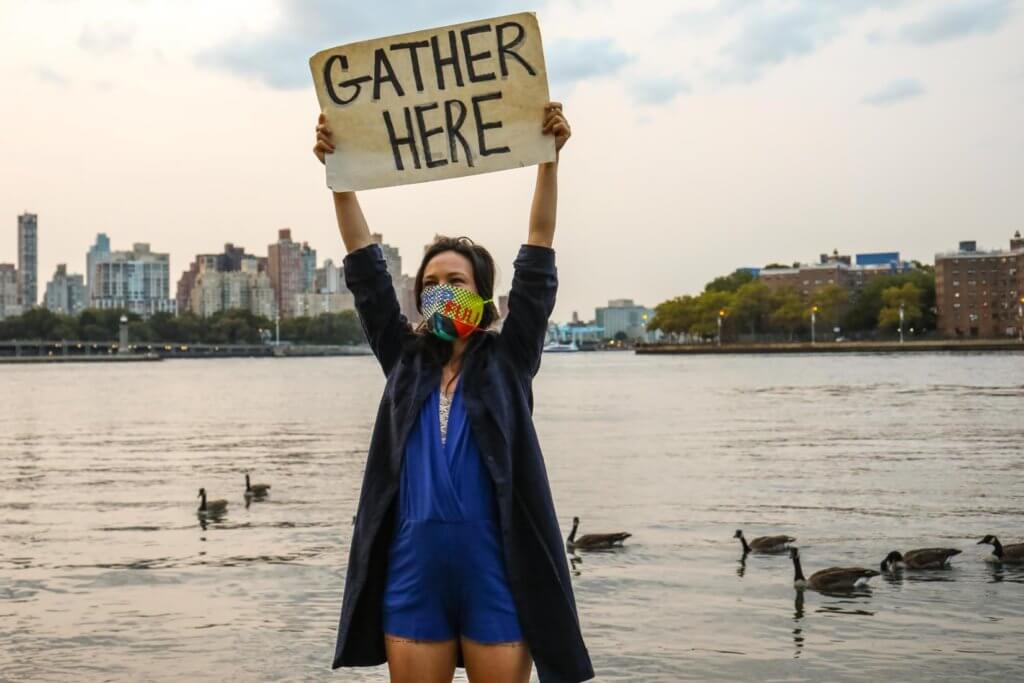
Emily Johnson / Catalyst (Lenapehoking / New York, NY)
Branch of KNOWLEDGE Lenapehoking Gathering
In 2022, as part of the project Being Future Being, Emily Johnson /Catalyst will support a gathering of members of the Branch of KNOWLEDGE: leadership from communities across the Lenape diaspora. This gathering is a foundational step in the company’s cultivation of relationship with Lenape diasporic leadership, as well as commitment to building material opportunities for Lenapeyok return. Funds will support documentation of the event, and all work, knowledges, and archival materials will remain owned and stewarded by the Branch. They may choose to share these within the diasporic Nations, with Catalyst, to the broader public, or not at all. Whatever the Branch chooses, this process is in the right hands, as an offering to those who are in a position to do the greatest work and provide the greatest care to advance efforts toward Lenape return and LAND BACK.
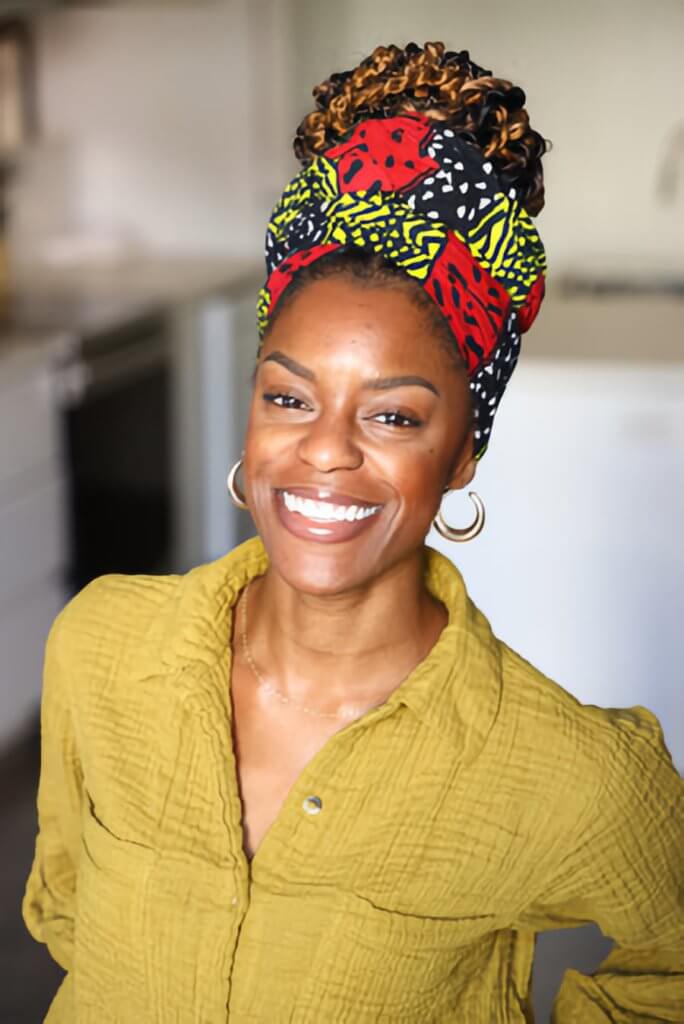
Jarrell Hamilton (New Orleans, LA)
Documenting B.R. (Working Title) Original Dance Production
B.R. (Brer’ Rabbit) is an original, contemporary performance and film installation in collaboration with our mental-wellness initiative. The performance accompanies a progressive arts-based mental-wellness program model to implement in schools and as a regular Saturday program to actively advance the Black community’s at-large healing in behavioral health. Funds will be used to conduct 100+ community interviews about mental health in the New Orleans Black community and document both the youth program and the performance.
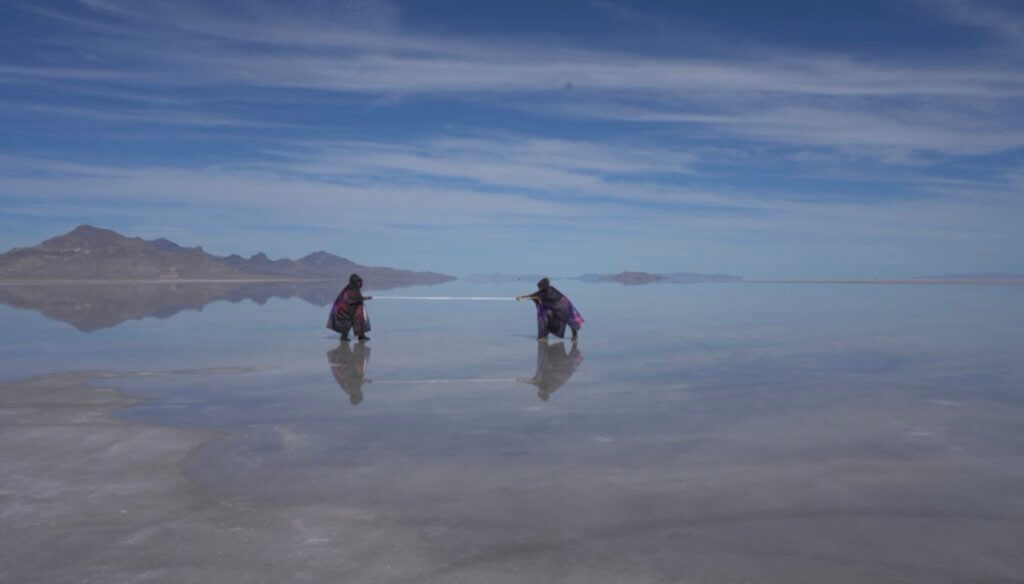
Lisa E. Harris (Houston, TX)
D.R.E.A.M. = A Way to AFRAM (Diffraction + Restoration + Electromagnetic Analogue of Mass = A Way to AFRAM)
D.R.E.A.M = A Way to AFRAM is a formulaic method of representing the expansion of the Universe to reveal safe spaces for all Black Beings to Be in their Black Bodies. Considering two dream spheres colliding—Black people resting in peace merging with Sounds of the Earth’s Dreams—Li Harris conducts an immersive performance installation research lab that transcends a sleep-inducing practice to explore the possibilities of optimal restoration and transformative dreaming occurring synchronistically. The work calculates a freeway to AFRAM, African-America. Li will create a performance log/journal describing the situations and environments around developing this work. Because her work is often energetic, metaphysical, and spiritual in nature and can be challenging to document, this project instead frames the duty of documenting into a creative space that will encourage the artists to engage with sharing the process as a story and not as a chore.
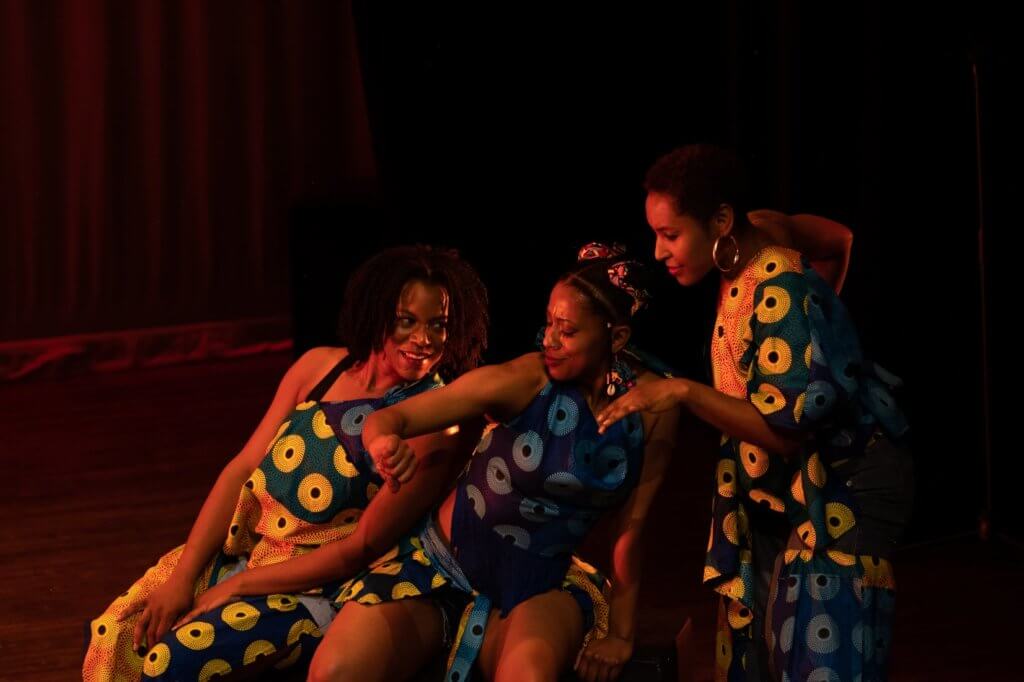
Tambra Omiyale Harris / Giwayen Mata (Atlanta, GA)
I AM ATL Woman: The Mini-Documentary
I AM ATL Woman: The Mini-Documentary is a 10–15-minute compilation of photographs, interviews, and video from the creative process and theater performance of I AM ATL Woman, which premiered in Atlanta at 7 Stages Theater in March 2022. This project expounds upon the layered concepts of intersectionality and Giwayen Mata’s five components of womanhood through cultural and artistic exploration of how Atlanta’s Black women experience empowerment and disempowerment in the city’s organizations, communities, and regional systems/structures. Encompassing multi-generational engagement through dance and a focus on the deaf community, this mini-documentary intentionally models inclusion within our community known as “Black women.”
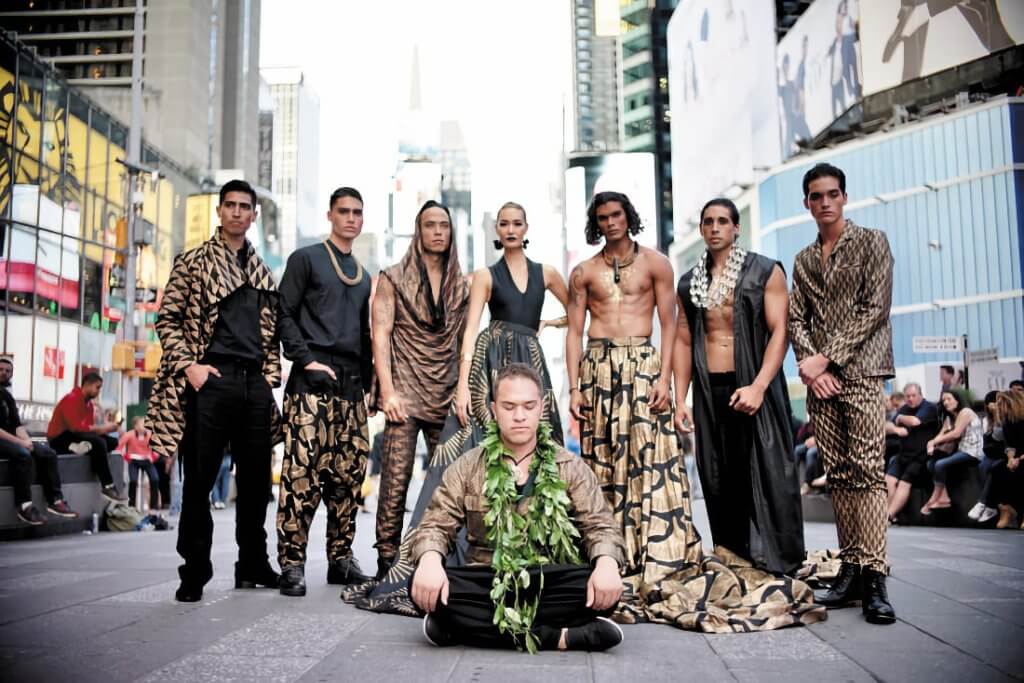
Anne Leilehua Lanzilotti (Honolulu, HI)
Storytelling Ahupuaʻa
Ahupuaʻa is a work composed by Anne Leilehua Lanzilotti for Argus Quartet that takes as its subject the Hawaiian concept of “ahupuaʻa”—land division centered around community needs. The artist will hire Kanaka Maoli designer Manaola Yap to design costumes for the composer and quartet to wear in the Ahupuaʻa music video. Yap’s work will bring another Kanaka Maoli voice into the room, as well as tell a story through patterns incorporated into these clothes. Additional funding will be used to engage Four/Ten Media for video documentation of the quartet. The project will create not only archival documentation of the work, but also a beautiful, well-recorded video to share the themes and meaning of the work in a way that will help illuminate the influences of the musical writing.
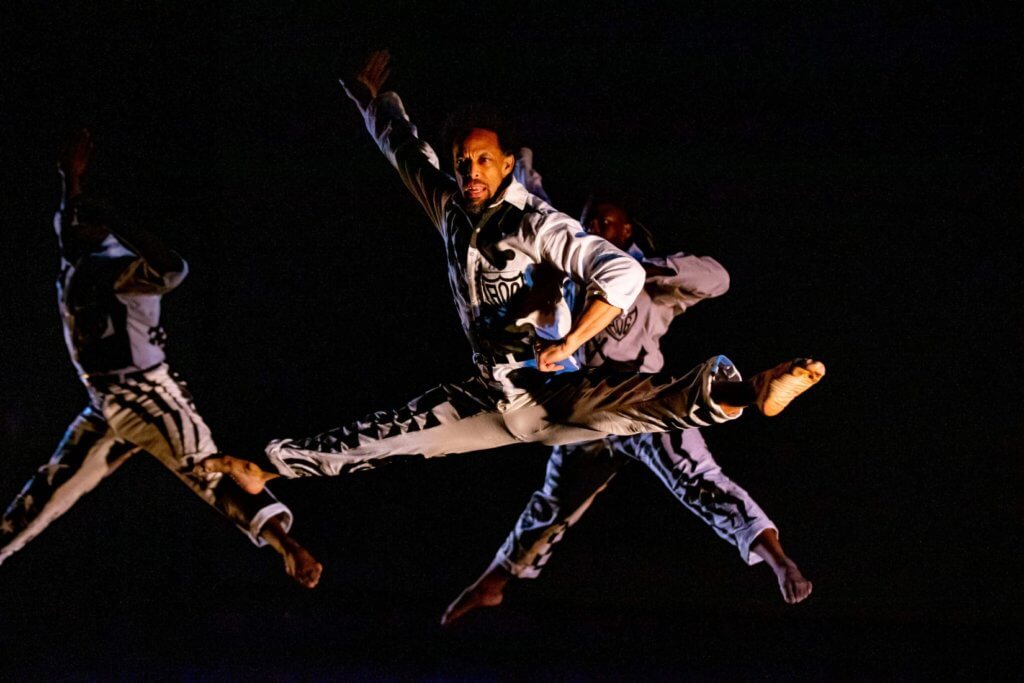
Leah Glenn Dance Theatre (Williamsburg, VA)
Documentation for Nine: An Homage to the Little Rock Nine
Nine is a multimedia performance that pays homage to the members of the Little Rock Nine who desegregated Central High School in Little Rock, Arkansas in 1957. This piece seamlessly interweaves the vocabularies of dance, visual arts, poetry, and music in a narrative that reminds our nation of its collective history while causing us to reflect upon that history’s repercussions on our current education system. Funds will allow the artists to develop marketing tools, rebuild their website, create performance reels, and develop a digital quarterly newsletter for current and prospective patrons.
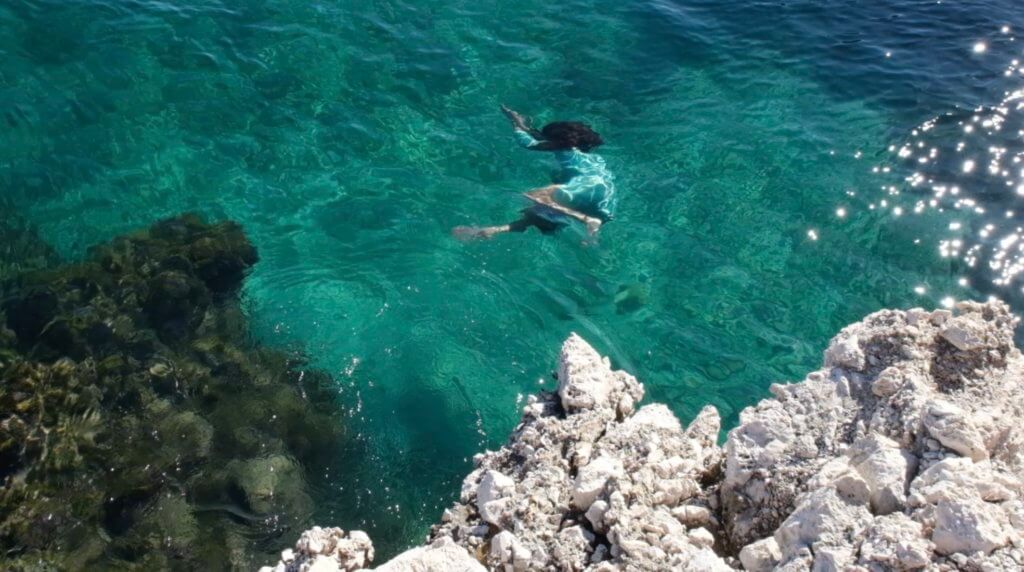
LeilAwa (Leila Awadallah) / Body Watani Dance Project (Minneapolis, MN)
Body Watani Dance: Archiving Bodies of Water
Body Watani artists and collaborators have been contemplating questions of “homeland” as a living archive in our dancing bodies, as well as seeking [memories | mythologies | realities] of the Mediterranean Sea in their new work, TERRANEA. This funding will support their underwater dance endeavors, gathering intentional and intimate video documentation of TERRANEA, archiving live performances in 2023. The artists will also develop visual materials to share their process on social media and to promote the research, process, and performance in captivating ways. These materials will contribute to a press kit that will allow them to take TERRANEA across venues and towards new waters.
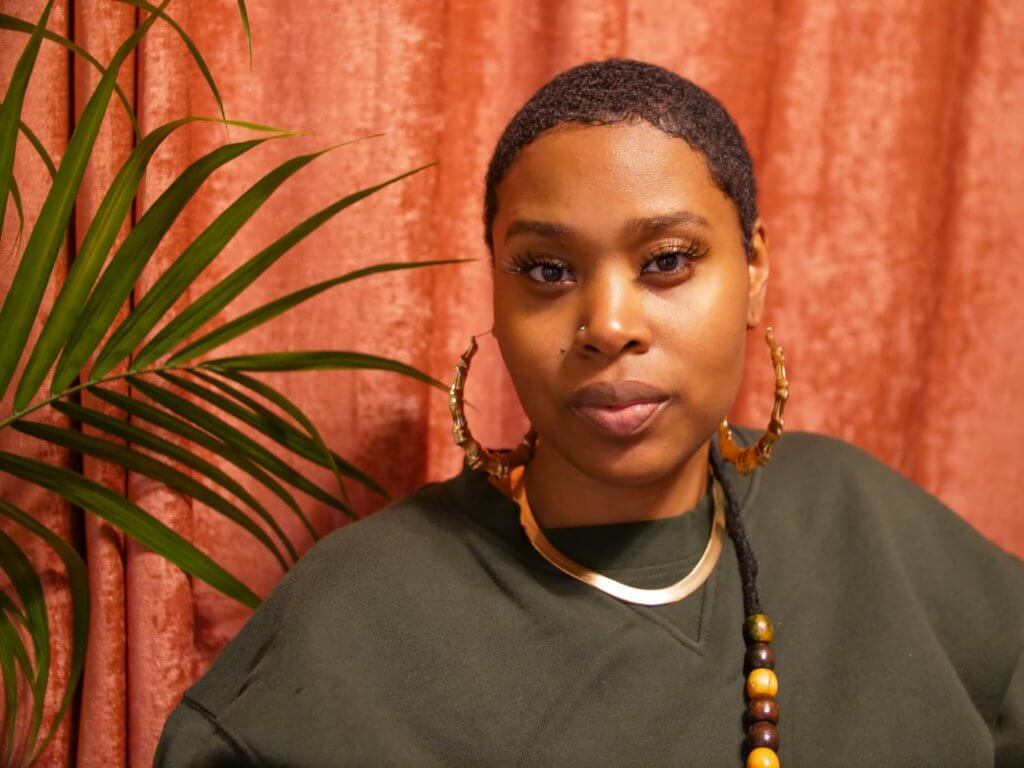
Zaire Love (Memphis, TN)
Making Some Noise to Find Land for Remade Ruins
Remade Ruins is a future cultural heritage oasis in the magical Black South where beautiful dwellings live, delicious foods grow, and creative spaces thrive to preserve Black history, live Black present, and inspire Black futures. Rooted in Mississippi, it centers radical racial, social, and environmental justice through rest, creative and performing arts, agriculture, innovation, and liberation.
Malcolm X once stated, “I had learned that if you want something, you had better make some noise.” Remade Ruins will make some noise with an awareness campaign through digital and social media, to make it known that this cultural heritage oasis is in search of 10–20 acres of land in the Mississippi Delta. Love will create engaging short films and social media campaigns, as well as invest in building a website for the project’s digital home. This documentation will give future audiences, donors, partners, and collaborators a visual understanding of what Remade Ruins is trying to achieve.

Marina Magalhães (Los Angeles, CA)
Body as a Crossroads
Body as a Crossroads (BAAC) is a long-term performance project and budding methodology for radical embodiment spearheaded by dance-maker Marina Magalhães, which seeks to generate (re)membering practices of body, spirit, and land to mobilize the possibilities of dance-making as change-making. Funds will support the multimedia documentation of BAAC project activities in the fall of 2022 and spring of 2023. The artist intends this documentation and archival process as central to the work of radical embodiment, rather than an afterthought, for it places equal value on generative process—not just performance—and ensures that the dialogues, experiences, lessons, and tools of the work live beyond its insular setting.
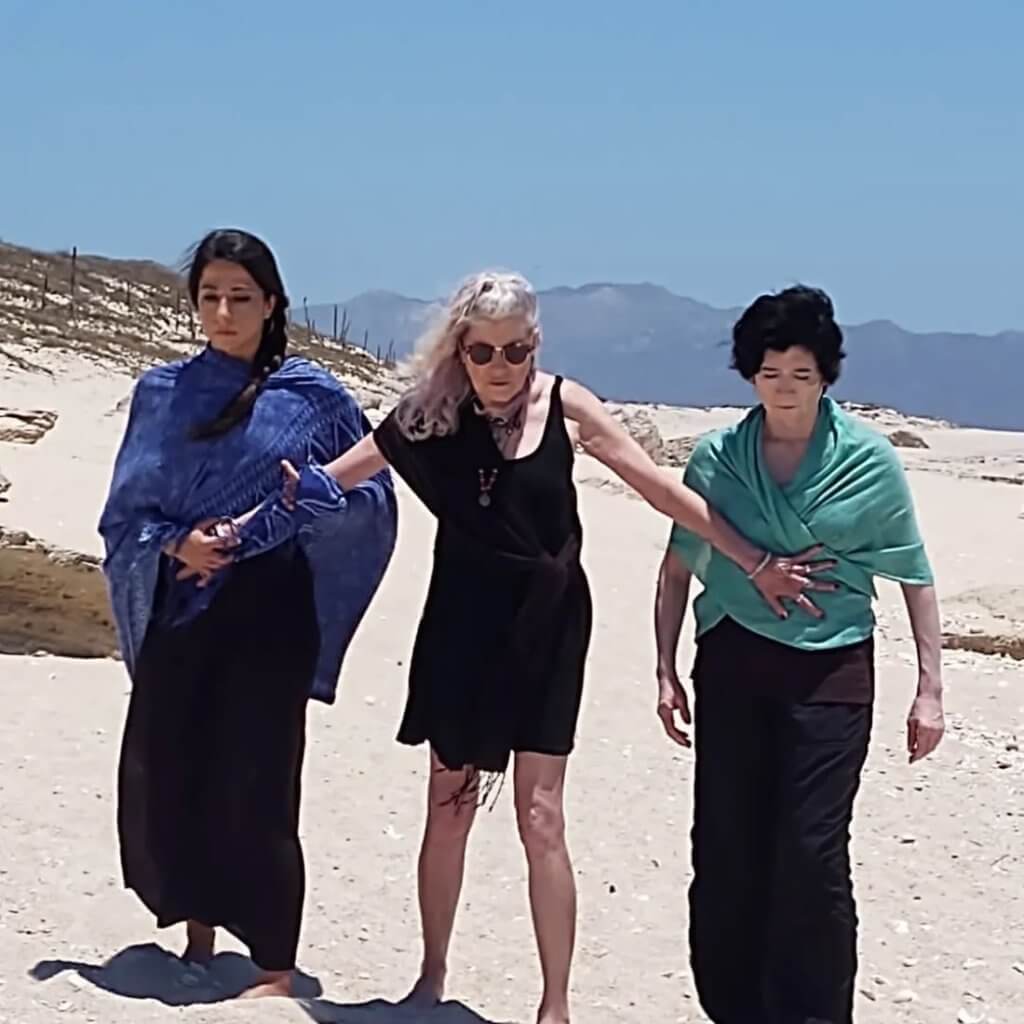
Celeste Miller (Grinnell, IA) and Dora Arreola (Tampa, FL/Tijuana, Mexico)
At Water’s Edge / Al filo del agua
At Water’s Edge/Al filo del agua was created by three women from different generations and different geographic locations in the US and Mexico. Stories, legends, and acts of resistance intertwine as their lives intersect. It is about the shifting of borders/edges/filos—the natural and political forces that shape them, and the women who resist. Funds will be used to film and edit the documentation of a site-specific performance of in Madrid, Spain at Festival Coslada Radial 2022.
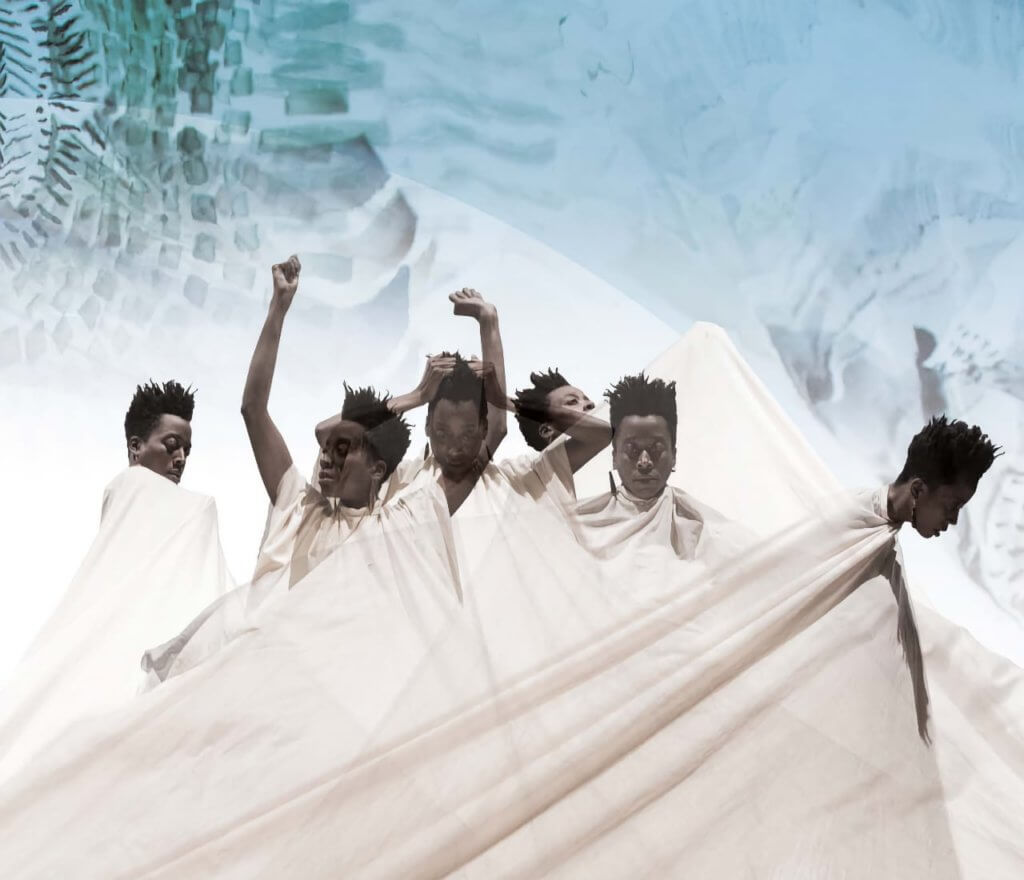
MKArts / MK Abadoo (Columbia, MD)
Hoptown’s Garden
Hoptown’s Garden is an online space to document and archive the development of Hoptown, an immersive dance performance that envelops witnesses in the Sistering methodologies of Black girls and women thriving together over generations. Hoptown is MKArt’s newest work by MK Abadoo and is inspired by the near parallel lives of two women from MK’s ancestral hometown, Hopkinsville “Hoptown,” Kentucky: her mother, Regina Bowden, and Black feminist writer bell hooks. Hoptown’s Garden includes a partnership with the Pennyroyal Museum of Historic Hopkinsville to develop an oral history exhibit of untold stories from Black women, girls, and gender-expansive community members.

Philadelphia Asian Performing Artists (Philadelphia, PA)
Philly Asian Futures
At the heart of Philly Asian Futures is absorptive imagination, informed by intergenerational reflections and manifested as a living museum exhibition. An exemplar of Philadelphia Asian Performing Artists’ member-based participatory artmaking model, performance artists will be paired with elders in facilitated listening circles to ground themselves in the history of Philadelphia’s Asian communities. The artists will then develop creative responses that imagine the futures of Asian America(ns) in Philadelphia, to premiere at Asian Arts Initiative. The installation will be documented and filmed with the Philadelphia Asian American Film Festival, for submission to film festivals throughout the country, tying threads of hyperlocal histories to national histories and hopes for Asian American futures in the US.
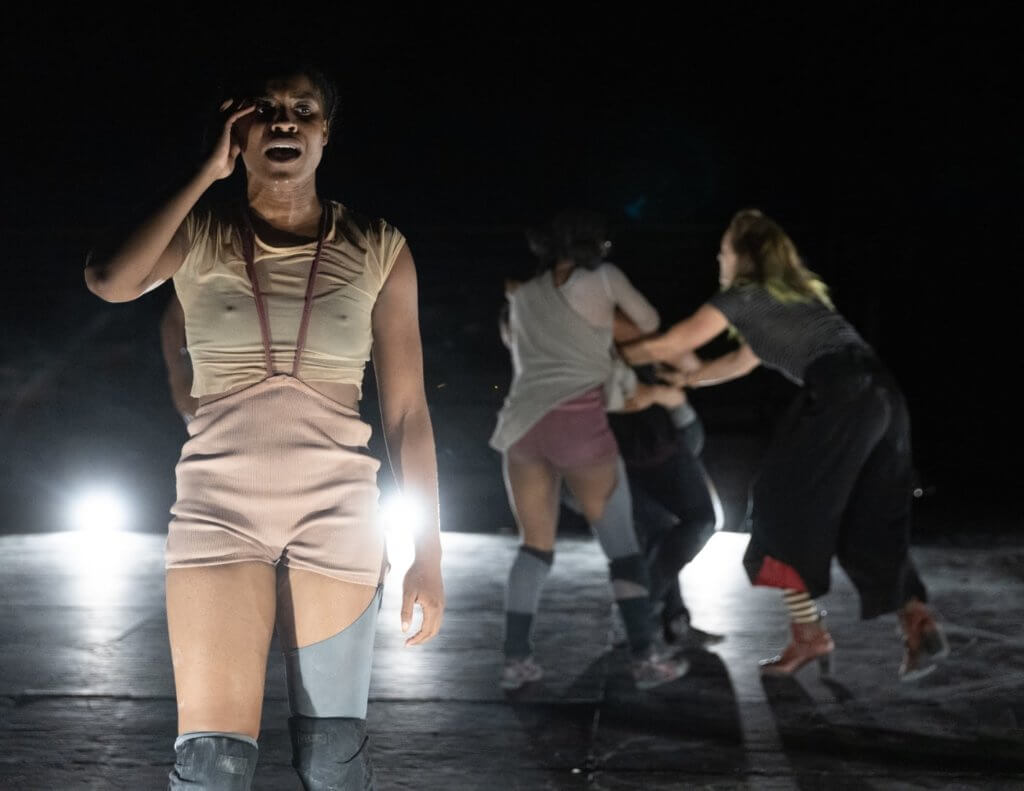
RGWW (Rosanna Gamson / World Wide) (Los Angeles, CA)
SUGAR HOUSES
SUGAR HOUSES is an evening-length dance-theater piece for six dancer-singer-actors inspired by the story of Hansel and Gretel: the fairytale’s disturbing historical underpinnings, coded antisemitism, and violent imagery. Through a deconstructed narrative and jump-scares from horror movies, the choreography explores the extremes of physicality, evoking the grotesquery and violence of fairy tales and the ferocious intimacy of siblings. The artists will create new video documentation to replace prior documentation where performers were masked and limited by proximity restrictions. Funds will be used to pay the performers for rehearsals and shoot day to create promotional videos for future theatrical engagements as well as an edited video suitable for broadcast.
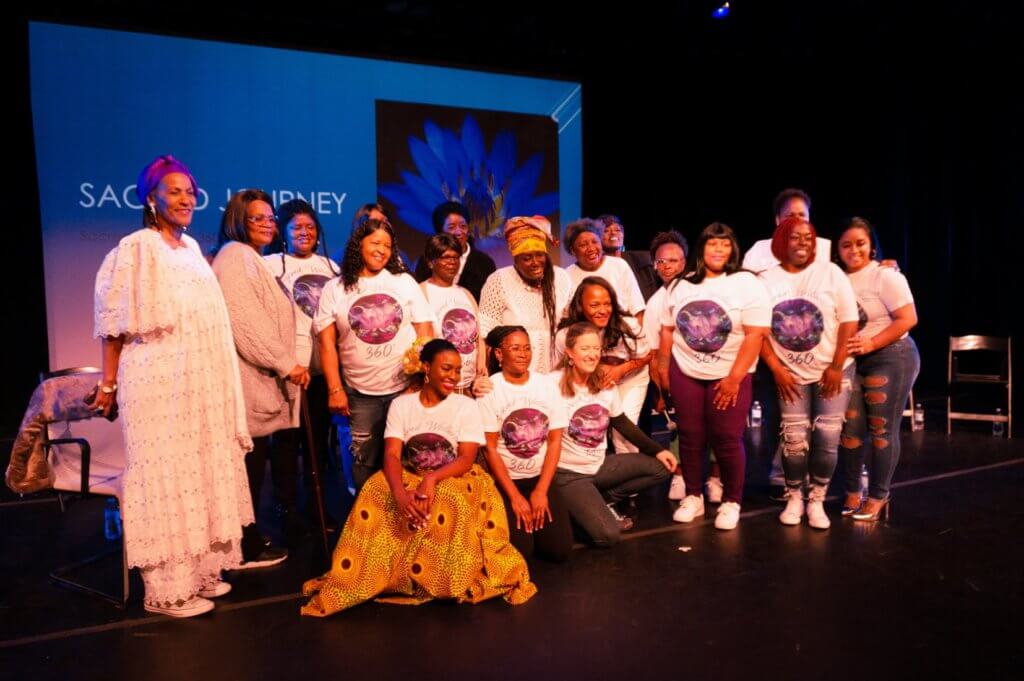
Sacred Wellness 360 (New Orleans, LA)
Filming Sacred Journey
Sacred Journey will take audiences on a journey with formerly incarcerated women as they make ancestral connections and reflections, reconnecting to both the land and the voices of enslaved women. This living museum will inform, reveal, and give voice to two groups of women who have rarely had a voice in our civic, social, artistic, and cultural landscape: the enslaved woman and the formerly incarcerated woman. By empowering women to reclaim their own narratives, the project provides a model for others to transform the legacies of slavery and collective trauma. Funds will be used to document the Sacred Journey to create both a short fundraising video and a short film for community engagement.
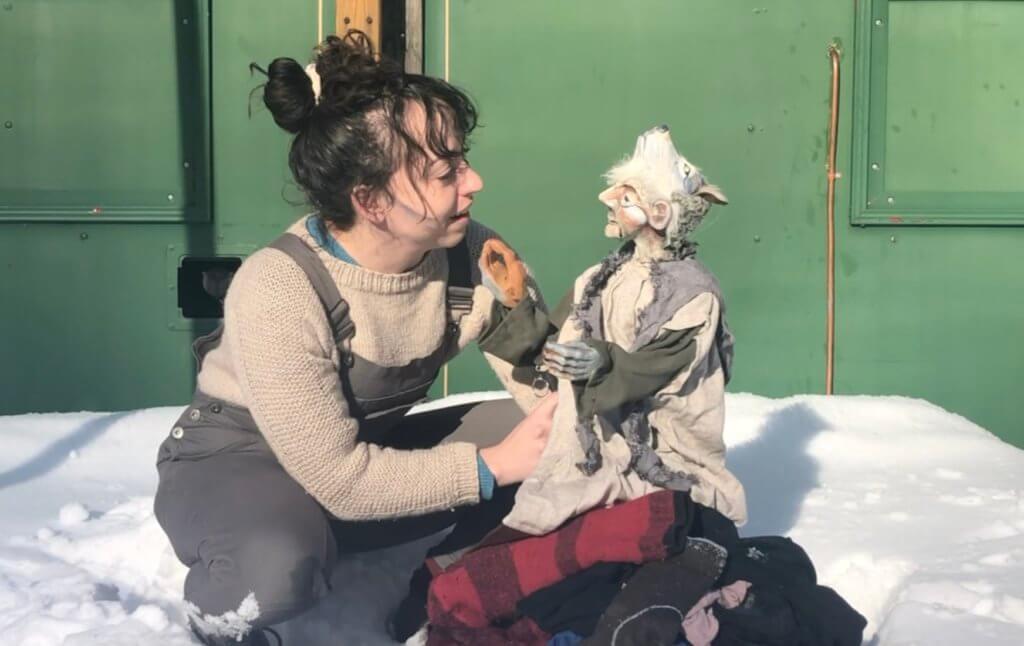
Sandglass Theater (Putney, VT)
Feral Storytelling
The theater project Feral makes visible and reclaims the work of women by celebrating intuitive knowledge, how it is housed in our bodies, and how it can be used as a tool for individual and cultural repair. Funds will be used to develop a sound environment that supports and deepens engagement with the Feral project and performance. It will invite women from around the world to respond to the question “What is intuitive knowledge?” As the project is built on a process of collective story and community conversation, the sound environment will document the voices that have contributed to the project so far and invite a wider range of voices.
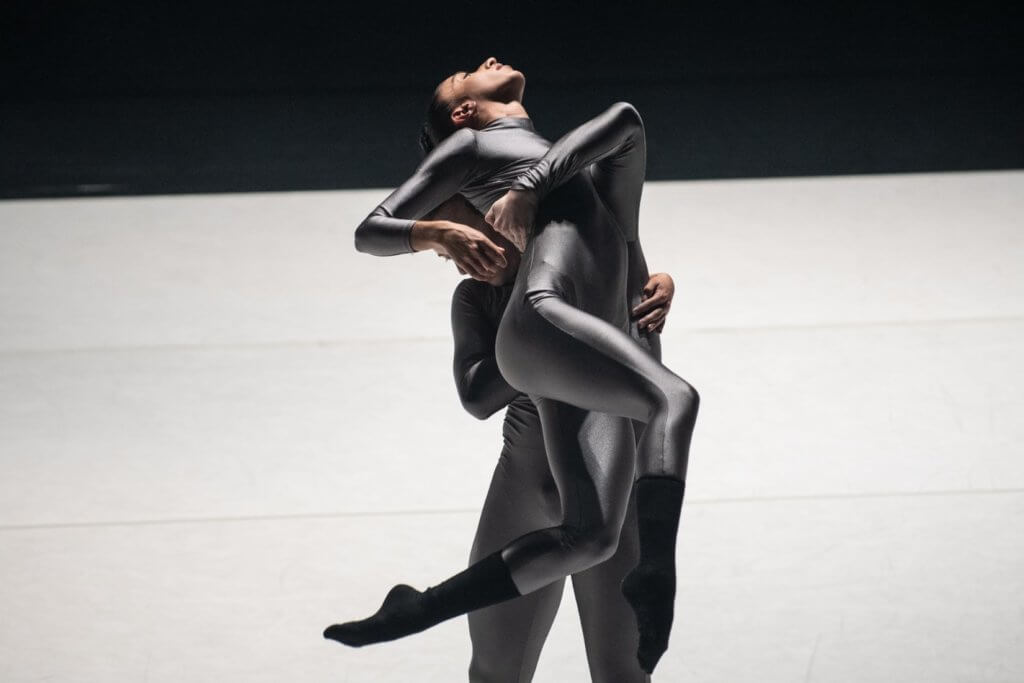
Sidra Bell Dance New York (New York, NY)
FORM | INSIDE
During the presentation of Sidra Bell Dance’s evening-length work IN | REP at Gibney Dance Center this fall, audiences coming and going will experience ephemeral objects pivotal to the company’s 20-year history. Collaborators will assemble and edit behind-the-scenes notes, current documentation, text, and interviews in a multimodal space. Film, photos, and objects will come together through committed teamwork, providing layers of understanding for audiences new and old. The portal to the space will be a gallery using film as connective tissue. FORM | INSIDE looks through the modular lenses of a living choreographer focusing on memory, performance, identity, and site.
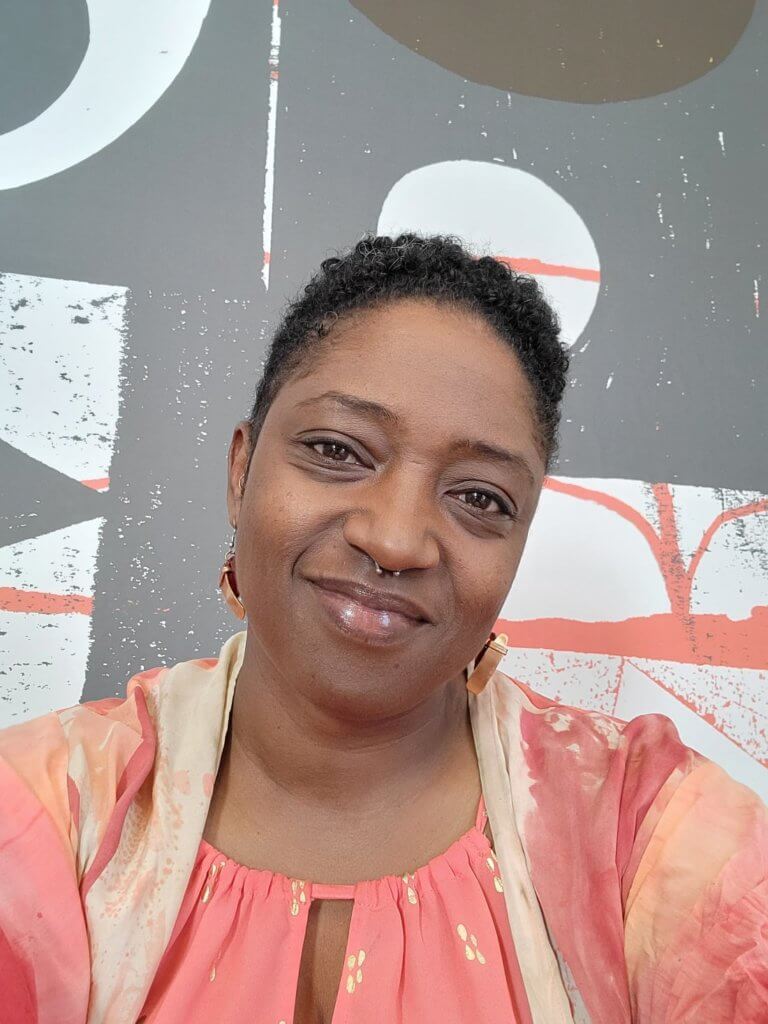
Autumn T. Thomas (Denver, CO)
The Forest for the Trees
The Forest for the Trees is a project that documents the process of creating an abstract wood sculpture by a Black woman. This project will reveal Thomas’s inspirations, sounds, techniques, and experiences—including successes and failures—as she works through creating this sculpture. The resulting documentary will showcase the entire project from inception through the exhibition installation, and will also document visitors’ responses to the installed work.
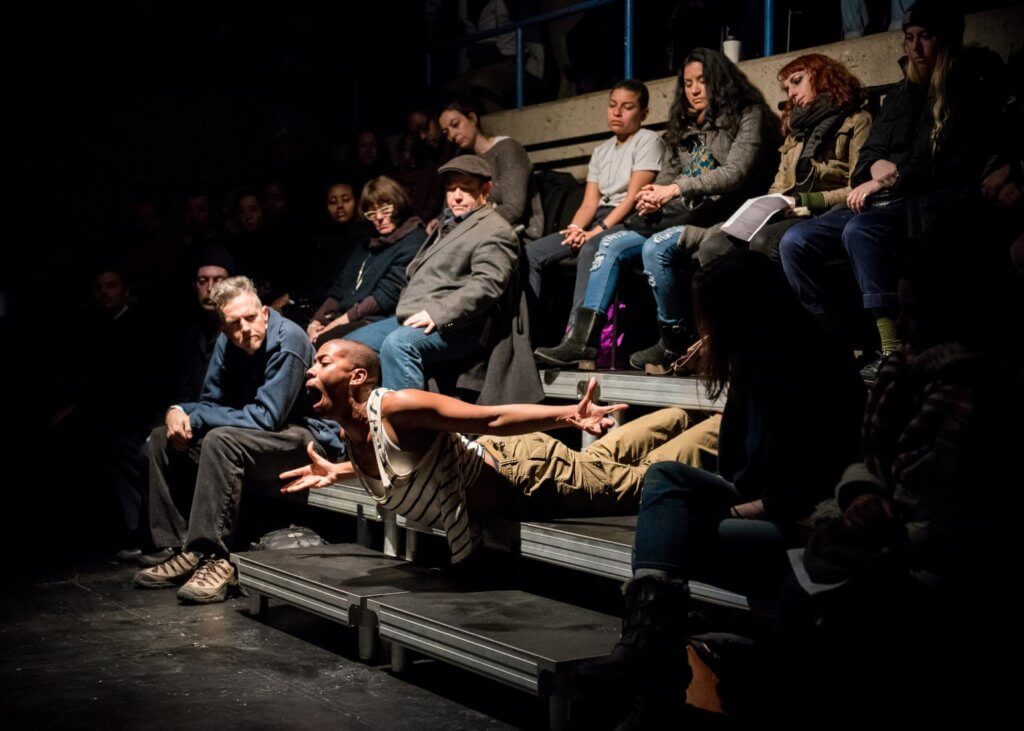
Sage Ni’Ja Whitson (Riverside, CA)
A Meditation on Tongues
A Meditation on Tongues is a live adaptation of Marlon T. Riggs’s iconic 1989 documentary Tongues Untied. It reimagines Black Queer masculinities and honors the legacies of researched and embodied Black Queer archives. This project will document the work, creating a package of material for inclusion in Riggs’s archive. The documentation will also engage the challenges of embodying this highly physical, body-based work post-isolation.
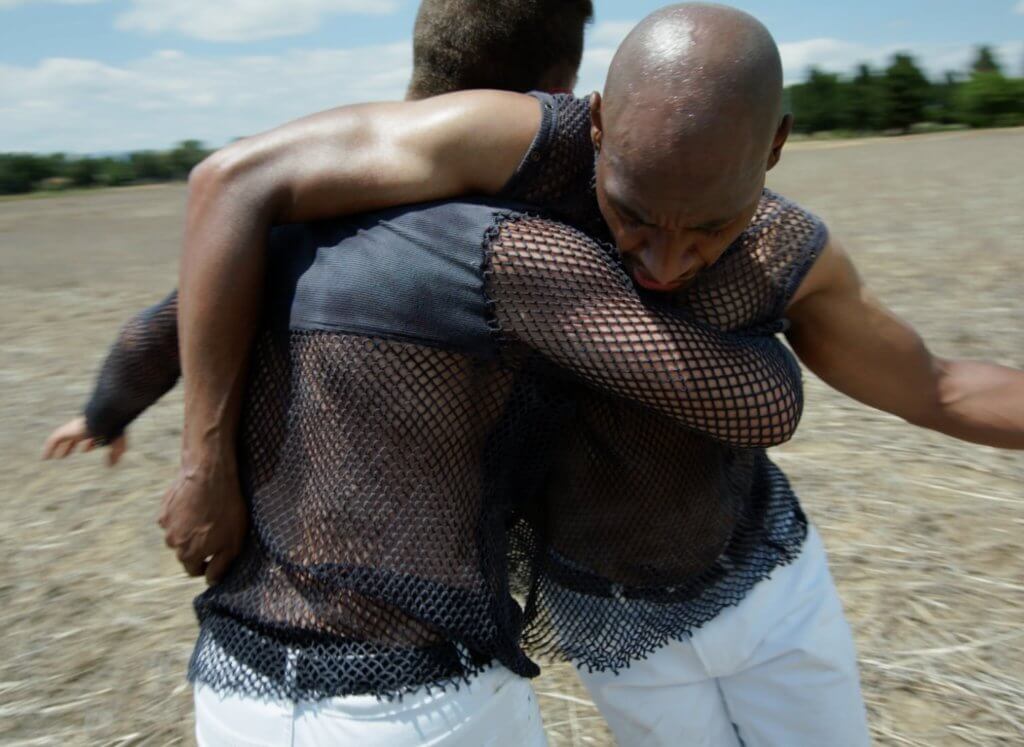
Helanius J. Wilkins (Boulder, CO)
The Conversation Series: Stitching the Geopolitical Quilt to Re-Body Belonging
Rejecting finite points/products, The Conversation Series: Stitching the Geopolitical Quilt to Re-Body Belonging is an ongoing and always shifting dance-quilt, confronting and celebrating heritage, resiliency, justice, and hope. This collaborative, immersive work, performed by a male duet, preferences the value of bodies coexisting —sharing weight and responsibility, dancing to become better ancestors. Funds will be used to create 1) a professional photography shoot; 2) a promotional video minidocumentary; and 3) design and content updates to enhance the work’s digital presence (website). These activities will position Wilkins to tell the story of The Conversation Series: Stitching the Geopolitical Quilt to Re-Body Belonging and create new opportunities for audiences to be introduced to the work and engage with it nationally and beyond.
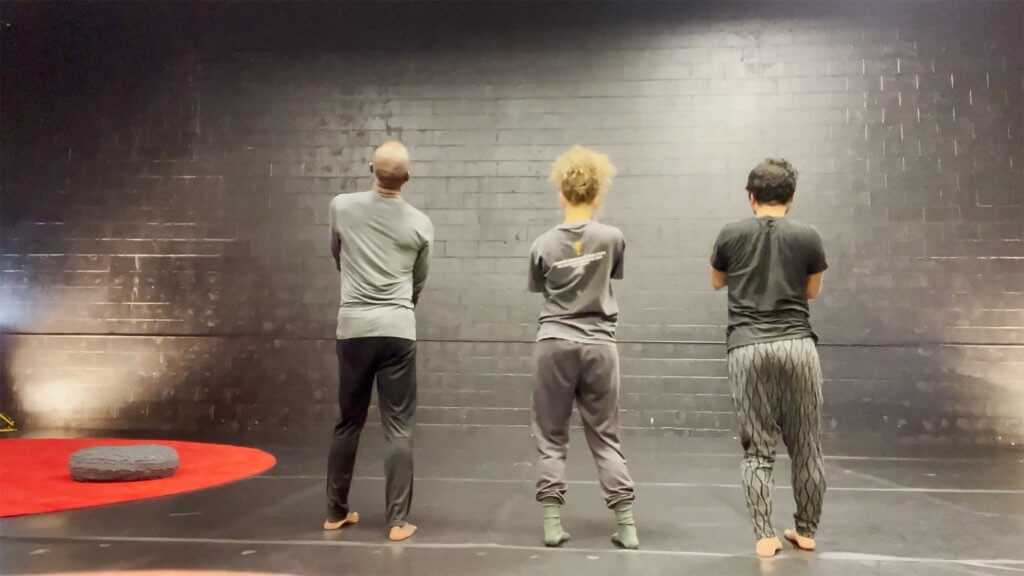
Takahiro Yamamoto (Portland, OR)
NOTHINGBEING
NOTHINGBEING is a live performance project investigating ways to embody the presence of nothingness and “being,” holding personally nuanced spaces that society could easily dismiss and considering possibilities for the unfiltered self. Instigated by choreographer Takahiro Yamamoto, this dance performance is created in collaboration with Samita Sinha, David Thomson, and Anna Martine Whitehead. Yamamoto will invite a writer to dialogue with the artists and respond to the premiere and create high-quality video documentation to encourage more robust touring. Additionally, drawing from the project’s deep philosophical and dramaturgical research and extensive conversations between collaborators, the artists will create a deck of 78 cards containing potent and driving performative questions, philosophical wonderment, and profound thoughts that have come up throughout the development process.